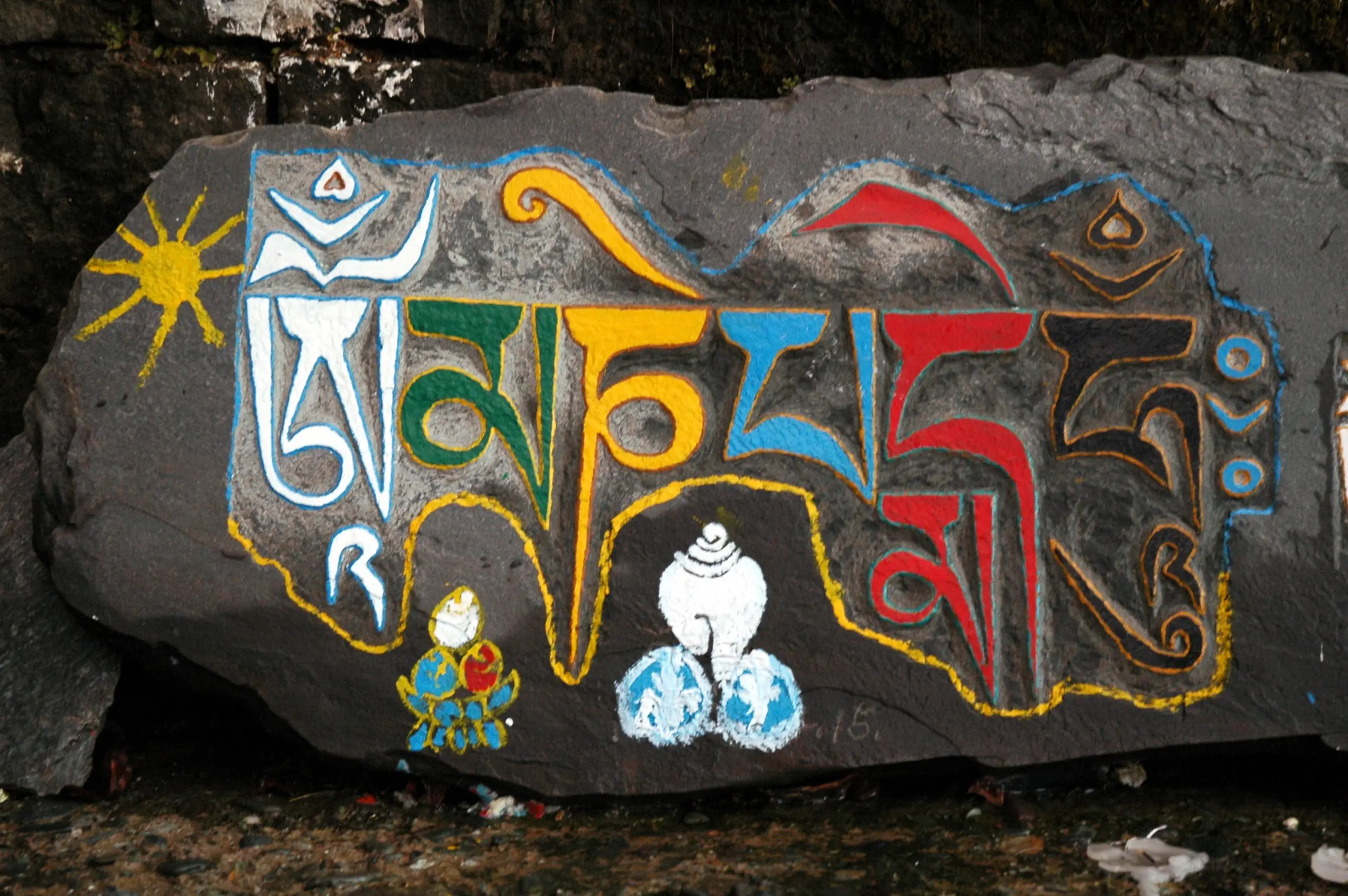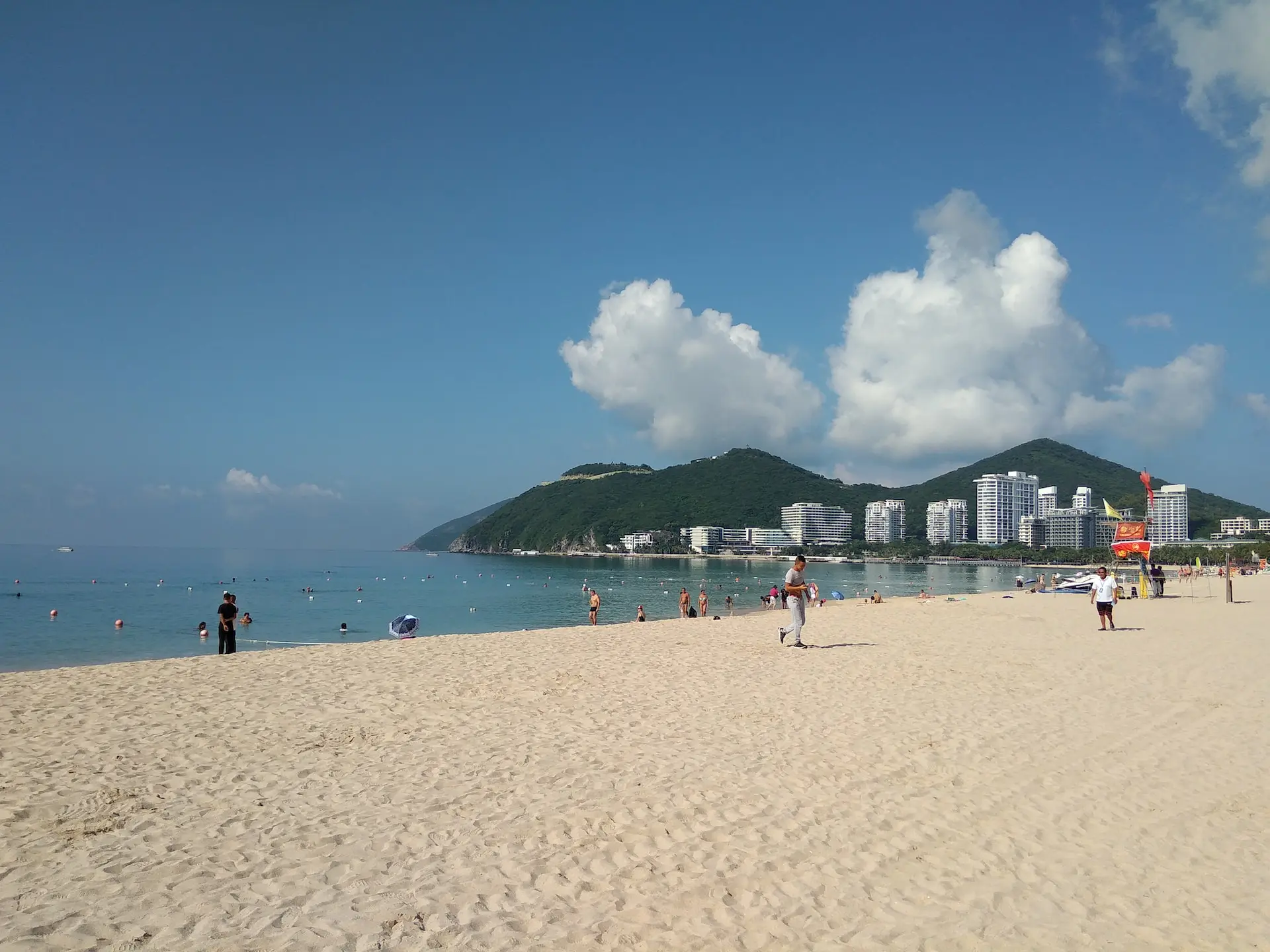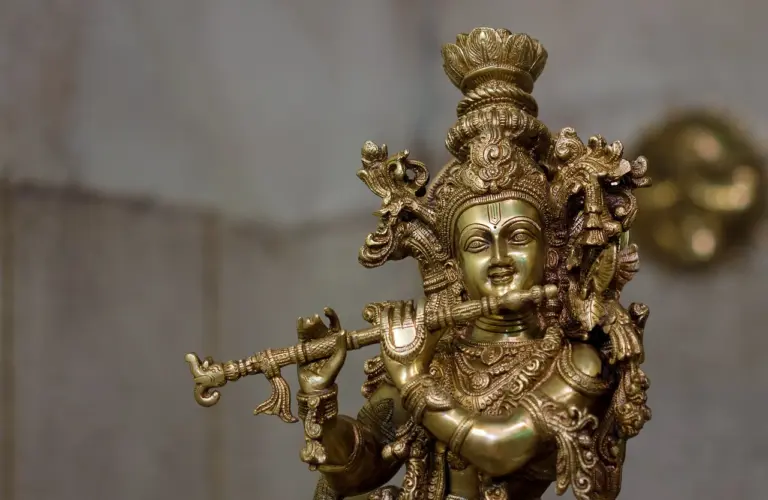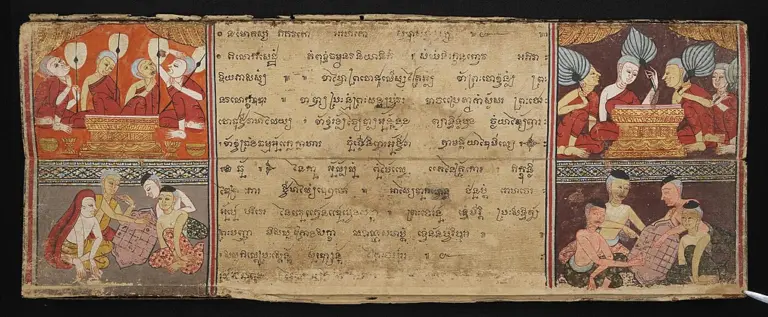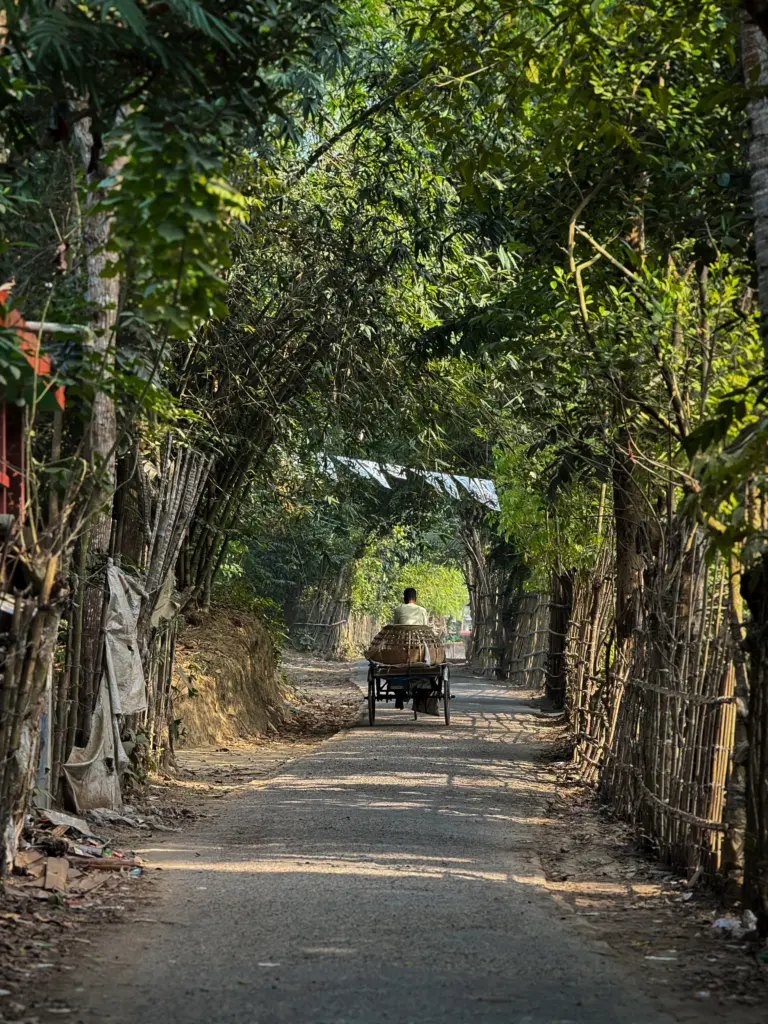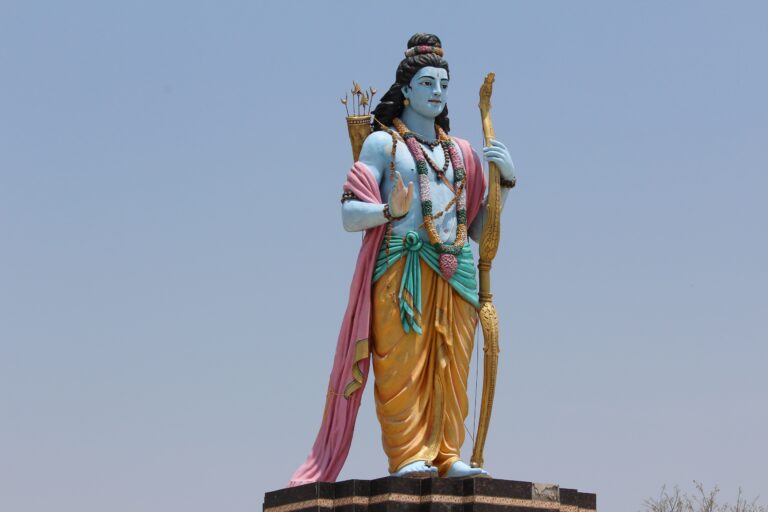Intramuros, also known as the “Walled City,” is a historic district that was built during the Spanish colonial period in the 16th century. Located in the Philippines‘ capital city, Manila, it is home to some of the country’s most significant cultural and historical landmarks. Here, you can find Spanish colonial architecture and design that has been preserved for more than 300 years, with plenty of ruins and relics from a bygone era. In this travel guide, I’ll give you the run-down on 7 historically significant places with a free optimized walking route that you can follow to make the most out of your experience in Intramuros!
Table of Contents
ToggleWhat is Intramuros Known for?
Intramuros is known for being one of the oldest districts in Manila. It’s notable for its Spanish colonial architecture, particularly evident in landmarks such as the San Agustin Church, the oldest stone church in the Philippines, and Fort Santiago, a military fortress turned historical site. The district also houses notable educational institutions established during Spanish colonial times. Various cultural events take place in Intramuros, making it a hub for plenty of entertaining activities.

History of Intramuros
Intramuros has a history that dates back to the 16th century. This was way after Ferdinand Magellan first arrived in the island of Cebu.
In 1571, Spanish conquistador Miguel López de Legazpi founded the city of Manila and chose the site of Intramuros as the location for the city’s fortress and defensive walls. The walls were constructed to protect the city from foreign invaders and to keep the city’s inhabitants safe.
Over the years, Intramuros grew to become the center of political and religious power in the Philippines, with many of the country’s most important historical events taking place within its walls.
During the Spanish colonial period, Intramuros was home to the city’s most important institutions, including the Governor-General’s Palace, the Manila Cathedral, and the University of Santo Tomas.
In 1898, the Philippines gained independence from Spain, and the American military took control of Intramuros. During World War II, the city was heavily damaged and almost completely destroyed by Japan, with many of its buildings and landmarks reduced to rubble. After the war, efforts were made to restore Intramuros to its former glory, with many of its historic buildings and landmarks rebuilt and preserved to this day.
How to Get to Intramuros
- Taxi: You can take a taxi or book a ride using a ridesharing app like Grab, which is widely used in the Philippines. Remember to always confirm the price with the driver.
- Jeepney: Jeepneys are a great way to experience Filipino culture while going to Intramuros. Look for jeepneys with a sign that says “Intramuros” or “SM City Manila” and hop on board. You say “Para po!” and the driver will stop at anytime.
- Metro: The LRT-1 line that runs through Manila and has a station called “Central Terminal Station” that is just a short walk away from Intramuros.

Best Places to Visit in Intramuros
Intramuros is actually a relatively small area and you can easily spend around 1-2 hours to explore everything on this list. You can follow this optimized walking route that takes you to most of the major sites while taking the time to explore any other places that might pique your interest.
1. Fort Santiago
Start your day at Fort Santiago, a 16th-century fortress that was originally built as a wooden fort in 1571 by Spanish conquistador Miguel López de Legazpi to defend the city against foreign invaders. You can still actually find cannons mounted around the walls!
The fort has served as a military stronghold, a prison, and a site of many important historical events.
One of the most notable figures to have been imprisoned in Fort Santiago was the Philippine national hero, Dr. Jose Rizal (the face on the 1-peso coin!) who was executed at the nearby Bagumbayan field on December 30, 1896.
Cost: 75 PHP (1.30 USD)
2. Palacio del Gobernador
Palacio del Gobernador, also known as the Governor’s Palace, was originally built in the 16th century as the residence of the Spanish governor-general, the aforementioned Legazpi. It’s a really photogenic building due to its geometrical windows and striking red facade.
It was destroyed during World War II but was later reconstructed in the 1970s using the original blueprints. Today, Palacio del Gobernador serves as the headquarters of the Commission on Elections (COMELEC) and houses its museum, which showcases the history of Philippine elections.
Cost: Free

3. Manila Cathedral
Manila Cathedral, also known as the Minor Basilica and Metropolitan Cathedral of the Immaculate Conception, is one of the oldest churches in the Philippines.
The original cathedral was built in 1581 and was later destroyed by fires and earthquakes. The current cathedral was rebuilt in the mid-20th century and features a mix of architectural styles, including Spanish Baroque and Neo-Romanesque. The cathedral has played an important role in Philippine history, having served as the site of many important events, including the installation of the first Filipino Archbishop of Manila, the canonization of Philippine saints such as San Lorenzo Ruiz, and the visit of Pope Francis in 2015.
The cathedral’s interior and exterior are both beautiful and I would even venture to say that it’s the jewel of Intramuros.
Cost: Free
4. Casa Manila
Casa Manila is a museum that showcases what life was like in the Philippines during the Spanish colonial period. The museum is located in a beautifully restored 19th-century Spanish colonial house and features an impressive collection of antique furniture, artwork, and other artifacts from the era.
Cost: 75 PHP (1.30 USD)

5. Casa Blanca
Actually a hidden gem that we found accidentally but enough to make it on the list, Casa Blanca is called such because it is well the exterior is all white. At the upper story is a continuous row of capiz windows and ventanillas with a mixture of wooden balustrades and iron grilles. Below is a street door with a flat arch, with beautiful gardens and a courtyard, I would say that Casa Blanca makes one of the most picturesque places in Intramuros. You can also find plenty of cafes and restaurants around this area.

6. San Agustin Church
San Agustin Church is a 16th-century church that is considered not only one of the most beautiful examples of Baroque architecture in the Philippines, but also the oldest church in the country!
A UNESCO World Heritage site, the church was originally built in 1571, just a few years after the city of Manila was founded by the Spanish conquistador, Miguel López de Legazpi. The church was initially made of bamboo and nipa palm, but was later rebuilt using stone in the late 16th century.
The church has served as the site of the ordination of the first Filipino bishop, the signing of the Treaty of Manila between the United States and the Philippines.
Cost: Free

7. Baluarte de San Diego
Finally, end your day at the gardens above Baluarte de San Diego. Baluarte de San Diego is a bastion fort located in the southwestern part of Intramuros.
Baluarte de San Diego is one of the most well-preserved fortifications in Intramuros. The fort features a beautiful garden that is home to a variety of plants and trees, as well as a fountain and a small pond. What I particularly liked was the fields at the top that offers an amazing panoramic view of the Manila cityline. The contrast of old meets new was one of the best views in Intramuros and is a perfect way to end the walking tour.
Cost: 75 PHP (1.30 USD)
Hidden Gems in Intramuros
8. Bahay Tsino
While not directly related to Spanish history, Bahay Tsinoy is a museum located in Intramuros that is dedicated to preserving and showcasing the history and culture of the Chinese Filipino community in the Philippines.
The museum features a wide range of exhibits that explore the many contributions that the Chinese have made to Philippine society and culture over the centuries. The museum’s collection includes a variety of historical artifacts, photographs, and artworks, as well as interactive exhibits that offer visitors a hands-on experience of Chinese Filipino culture.
Cost: PHP 100 (1.70 USD)
9. Museo de Intramuros
A pretty new museum that opened around May 2019, The Museo de Intramuros is a museum built on the ruins of the Church of San Ignacio, a Jesuit church designed by Filipino architect Felix Roxas in 1878.
The museum showcases the history and culture of Intramuros, from its pre-colonial roots to its colonial past and modern-day present.
The ground floor features exhibits of wooden carvings, saints of the first religious orders that came to the Philippines, and paintings and carved wooden altarpieces. The second floor showcases Philippine religious colonial art, liturgical items and sacred vessels made from silver and gold, and sculptures produced by early converts. FYI, Photography is not allowed on the second floor. The third floor is dedicated to the history of Intramuros and features miniatures of the original churches.
Cost: PHP 200 (3.50 USD)
10. Reducto de San Pedro
Reducto de San Pedro is a small fortification located outside the walled city. The fort was designed to protect the northern section of the city, specifically the gate that led to the nearby district of Binondo, which was home to a large Chinese community.
The fort was named after Saint Peter, the patron saint of fishermen. It was strategically located on the banks of the Pasig River, which provided an additional layer of defense against potential attackers. The fort consists of a small, circular structure with thick stone walls and a narrow entrance that could be easily defended.
Cost: 30 PHP (0.50 USD)
Top Things to Do in Intramuros
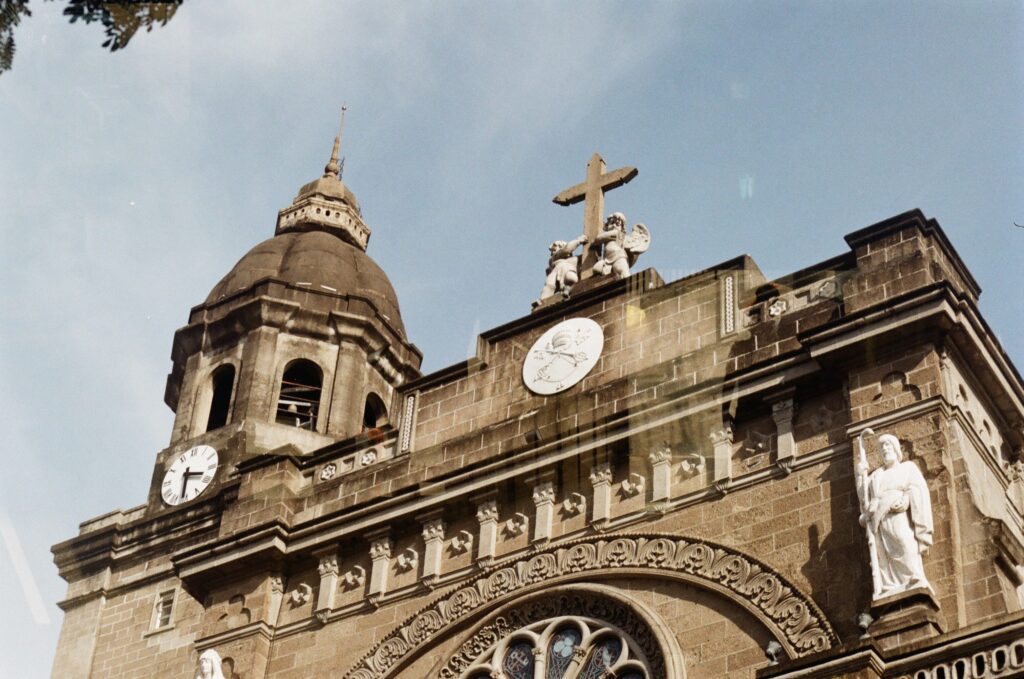
11. Intramuros and Rizal's Bagumbayan Light and Sound Museum
Get mesmerized at an immersive experience of Philippine history! The museum’s main attraction is a show called “Kasaysayan sa Lahi,” which means “history of the race” in Tagalog. The show takes visitors on a journey through Philippine history, highlighting important events and figures such as the arrival of the Spanish, the Philippine Revolution, and the life and legacy of national hero Jose Rizal.
12. Ride a Bamboo Bike (Bambike)
Riding a bamboo bike, or Bambike, is a unique and eco-friendly way to explore Intramuros and its surrounding areas.
Bambike is a social enterprise that creates handcrafted bamboo bicycles that are not only sustainable but also provide employment and training opportunities for local communities.
Bambike is committed to promoting sustainable tourism and supporting local communities, and a portion of the proceeds from each rental goes towards various social and environmental initiatives!

13. Coffee with a View at Cathedral Cafe
One of the best date spots in Intramuros, the Cathedral Cafe is a cozy cafe located right across the Manila Cathedral. The cafe’s rooftop offers you the an amazing view of the blue-domed roof of the cathedral, giving you the impression that you’re in Europe.
The cafe’s menu features a variety of coffee drinks, teas, and light snacks, as well as some local delicacies and pastries. The place is especially popular during sunset so come here earlier if you want to grab a good seat!
14. Intramuros After Dark
For the more adventerous, Intramuros After Dark is another exciting way to experience the beauty and history of Intramuros after the sun goes down. You’ll see a different side of the walled city, without all the crowds. There are night bike tours, spooky ghost tours, and food tours that take you to some of the area’s most hidden and secret sites.
15. Dine in Barbara's Heritage Restaurant
This fantastic restaurant is recognized for its Spanish-inspired decor and genuine Filipino cuisine. Its diverse buffet menu includes local specialties as well as classic favorites like chicken adobo and beef kar kar, accompanied by a great selection of beverages.
Every evening, there’s a delightful cultural show featuring traditional folk dances and live music performances.
Where to Stay in Intramuros
Staying inside Intramuros would be one of the classiest and the most cultural stays in Manila. Here are just some of the well-known establishments in the area:
Best Hotels in Intramuros
- The Manila Hotel – a luxurious 5-star hotel near Intramuros. The Manila Hotel has been around for more than a hundred years. The elegantly decorated rooms feature a flat-screen TV, air conditioning, and a seating area. Private bathrooms have a bath, shower, and hairdryer, while suites have Italian marble bathrooms and senso memory foam mattresses.
- Bayleaf Intramuros – offers free parking and free WiFi throughout the property. The air-conditioned rooms feature different color motifs and are equipped with a flat-screen cable TV, safety deposit box, and working desk. The private bathrooms have shower facilities, bathrobes, and free toiletries. Raffaele Woodfired Pizza offers views of the historic Intramuros wall, while the Skydeck provides panoramic views of the city’s skyline.
- White Knight Hotel Intramuros – provides free Wi-Fi in public areas and free parking. The air-conditioned rooms feature classic wood furnishings and warm shades of yellow and cream, with cable TV and an attached bathroom. The 24-hour front desk provides a safe and daily newspapers. The staff can also provide airport shuttle and baggage storage services.
How to Get Around Intramuros
- Walking: As mentioned, Intramuros is really small. We were able to get around the whole place just on foot, in fact you can go from one end to another in less than half an hour.
- Bicycle: Bamboo bikes or bikes will make things even more convenient, if you have a bike then you can just get lost around the city and try to go through every nook and cranny you can find.
- Pedicab: Tricycles or pedicabs (similar to tuktuks) are also widely available around the area. They actually offer tour packages, though I don’t think it’s needed, they might be able to provide you a bit of local information and you can help support the local community as well.
How to Stay Safe in Intramuros
Intramuros is one of the safer parts of Manila being a tourist spot but that being said it’s still a good idea to keep an eye on your belongings and to never leave your things unattended.
There’s not much traffic within the walled city so walking around is all fun and good, the heat does really get unbearable if you’re visiting in the summer months.
And speaking of safety, a key aspect of any trip is having the right travel insurance. It’s the kind of thing you hope you never have to use, but when you do need it, you’ll be glad you have it. That’s why I recommend Safety Wing, a reliable and comprehensive travel insurance provider that I’ve personally used on my travels.
Best Time to Visit Intramuros
The best time of day to visit Intramuros would be early morning or late afternoon, when the temperatures are cooler and the sun is not as harsh. During midday, temperatures can rise up to 32°C (90°F) or higher, so be prepared!
Plan Your Trip to Manila | Best Travel Resources
Book Your Accommodations
- Booking.com – the world’s leading online booking platform for accomodations around the world, they have an extensive amount of available listings with zero booking fees and best price guarantees.
- Hostelworld – a backpacker’s best friend, Hostelworld has the largest collection of hostels and guesthouses for affordable prices.
Don’t Forget Insurance
- SafetyWing – from Nomad Insurance, an insurance by nomads for nomads. They understand our lifestyle well and have really comprehensive and flexible plans that cater to any traveler.
Find Cheap Flights
- Kiwi.com – my go-to for booking and finding the cheapest flights and it’s helped me save tons of money. They do virtual interlining which is connecting flights from airlines that do not codeshare, so you can find routes that you wouldn’t be able to find normally.
Join Tours & Activities
- GetYourGuide – is one of the best places to find unique tours and activities. I found that it’s an excellent way to meet fellow travelers and create fond memories. They are not only limited to tours as they also offer niche services such as skip-the-line tickets or private transfers.
Catch a Ride
- Rentalcars.com – nothing beats the freedom of the road, Rentalcars.com is the world’s largest online car rental service. They operate across 160 countries so they’re the perfect partner to work with if you find yourself wanting a ride.


